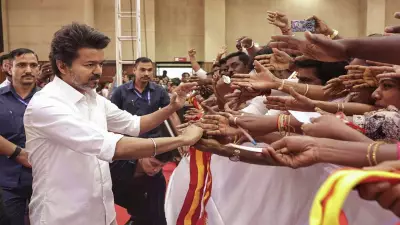
The Unique Identification Authority of India (UIDAI) is actively considering a significant security upgrade to the Aadhaar system. The authority plans to issue Aadhaar cards featuring a photograph integrated directly into the Quick Response (QR) code. This innovative approach aims to strongly discourage the practice of offline verification where citizens share physical or digital copies of their Aadhaar, thereby enhancing personal data security.
Addressing the Offline Verification Challenge
The primary motivation behind this strategic move is to tackle the inherent risks associated with the current offline verification process. At present, when individuals need to verify their identity for services like obtaining a new SIM card, they often provide a photocopy or a digital image of their Aadhaar card. This practice leaves their sensitive personal information vulnerable to potential misuse and data breaches.
The new system would empower citizens to verify their identity without ever revealing the actual details printed on their Aadhaar card. Instead of handing over a copy, individuals could simply present the QR code. When scanned by a verifying entity, this code would display the holder's photograph and other necessary details on the verifier's screen, allowing for visual confirmation without data retention.
How the Enhanced QR Code System Will Work
The proposed photo-embedded QR code is designed to be a self-contained verification tool. The key feature is that the individual's latest photograph will be an integral part of the QR code itself. When this code is scanned using a UIDAI-approved application, it will promptly display the photograph alongside other basic details.
This mechanism serves a dual purpose. Firstly, it allows for instant visual matching of the person with the photo from the official database. Secondly, and more importantly, it prevents the verifying party from storing a copy of the Aadhaar document, as the data is only displayed transiently during the scan. This significantly reduces the chances of personal data being stored in multiple, potentially unsecured, private databases.
This initiative aligns perfectly with the principles of data minimization and privacy by design. It ensures that only the minimum necessary information is revealed for a specific transaction, and nothing more.
A Broader Push for Digital Security
The contemplation of the photo QR code is not an isolated effort. It is part of a larger, ongoing campaign by UIDAI to promote secure digital verification methods over their offline counterparts. The authority has consistently advocated for the use of its digital platforms, such as the mAadhaar app and the official Aadhaar website, for secure e-KYC (Know Your Customer) processes.
These digital methods are considered far more secure as they often rely on time-bound, one-time passwords or biometric authentication, leaving no permanent, shareable document behind. The proposed QR code method is a physical extension of this secure digital philosophy, intended for situations where digital authentication might not be feasible.
By making offline verification less convenient and less necessary, UIDAI aims to create a cultural shift in how Indians prove their identity. The ultimate goal is to establish a secure ecosystem where an individual's identity can be confirmed seamlessly without compromising their personal data. This move is a crucial step towards strengthening India's digital infrastructure and safeguarding the privacy of over a billion Aadhaar holders.





